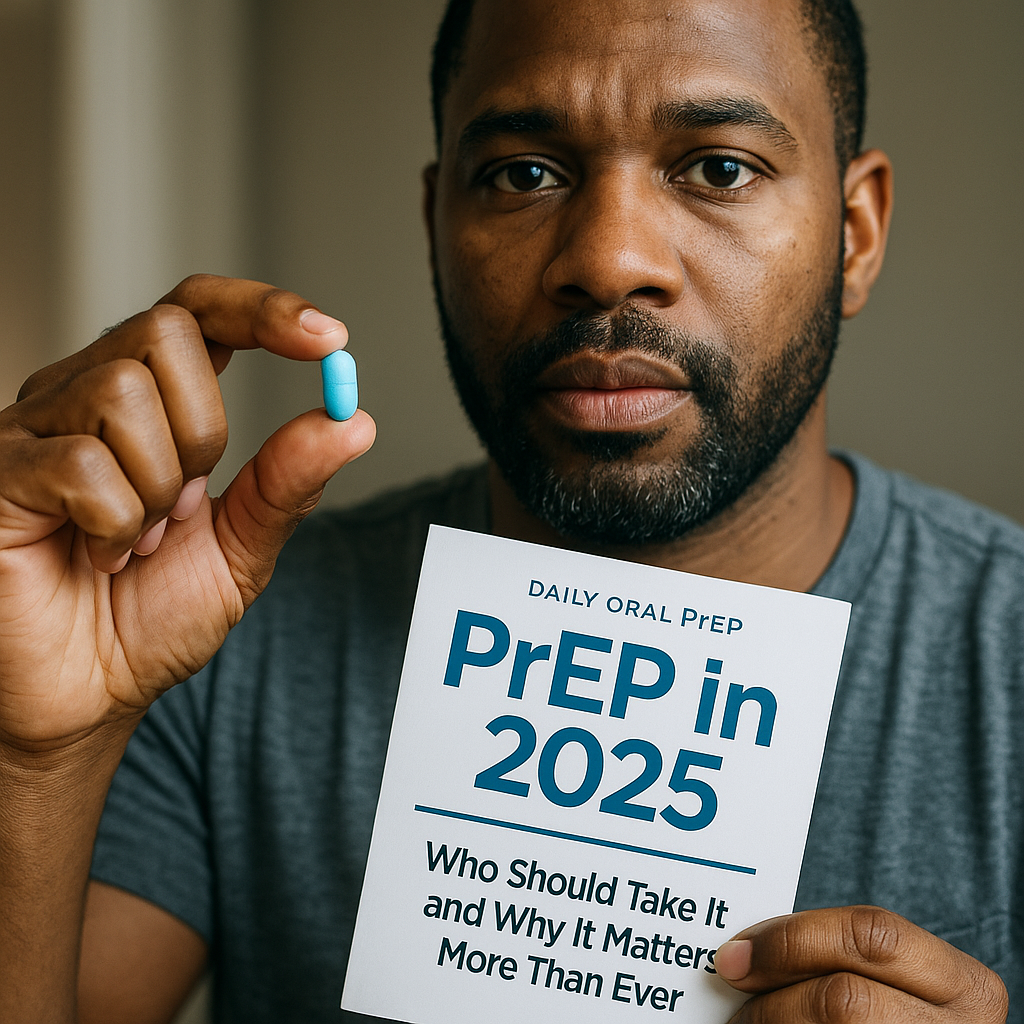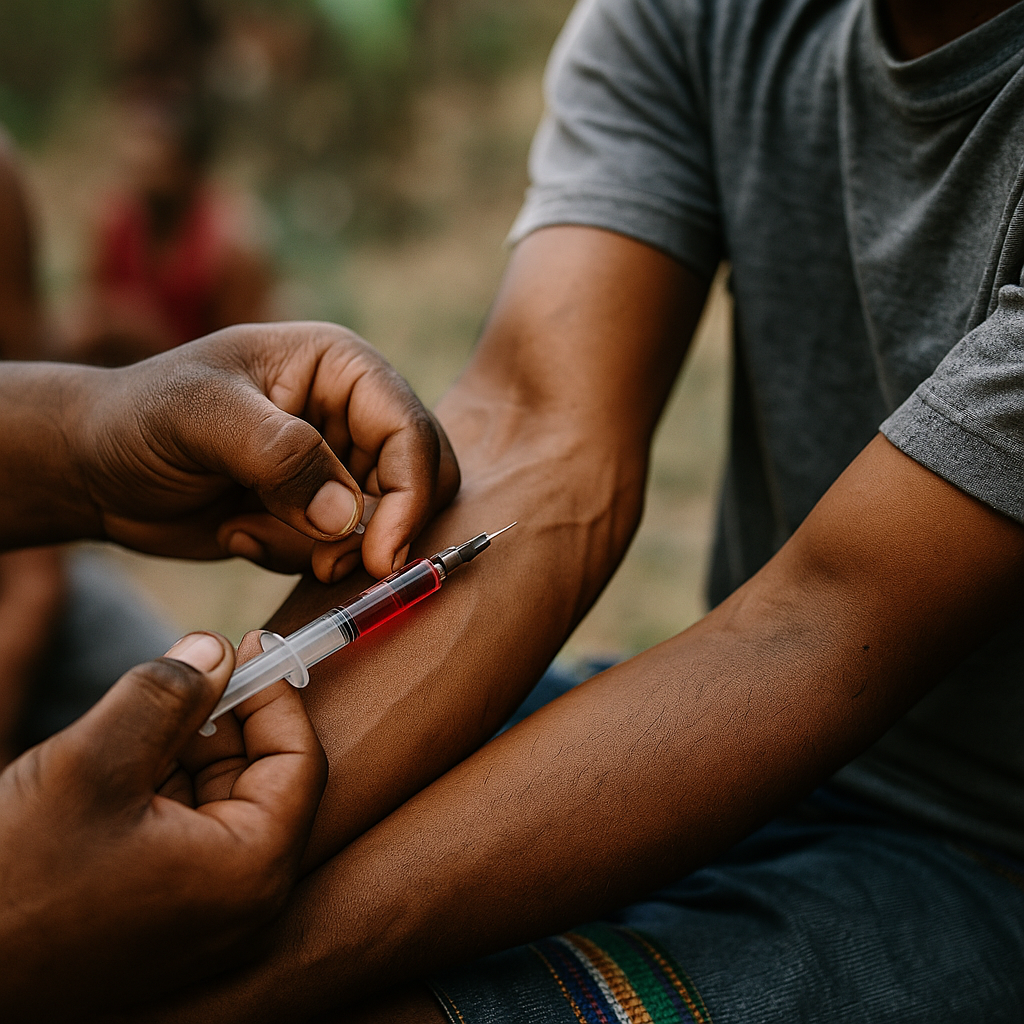Table of Contents
- What Makes 2025 a Pivotal Year for HIV Treatment
- Long‑Acting Injectables and PrEP Innovations
- Gene Editing, Immune Therapy, and Cure Research
- Access, Equity, and Global Implications
- FAQs
What Makes 2025 a Pivotal Year for HIV Treatment
2025 is shaping up to be a milestone year in HIV treatment. New medications, longer‑lasting prevention options, and advances in cure research are bringing both hope and real progress. These developments are not just about improving existing treatments—they’re about changing what’s possible. Many people living with HIV, or at risk for HIV, may see options that reduce burden, enhance quality of life, and move toward functional cures.
Long‑Acting Injectables and PrEP Innovations
One of the biggest breakthroughs in 2025 is the approval and rollout of lenacapavir (marketed as Yeztugo) as a twice‑yearly injectable option for HIV prevention. This is especially significant because it offers people who may struggle with daily pills a more manageable alternative. In trials, its efficacy has been extremely high, nearly 100% in certain groups. (Reuters)
Another long‑acting treatment in development is a combination using lenacapavir plus broadly neutralizing antibodies (bNAbs). Researchers are exploring regimens that may allow treatments only every six months, which could greatly improve adherence and reduce side effects. (Gilead)
Also, long‑acting injectables like Cabenuva (cabotegravir/rilpivirine) continue to expand in use, with monthly or every‑other‑month dosing options, offering established alternatives to daily oral ART (antiretroviral therapy). (HUG Cares)
Gene Editing, Immune Therapy, and Cure Research
Beyond prevention and treatment, 2025 is seeing significant advances toward cures—both functional and sterilizing.
- Gene editing, including CRISPR techniques, is being refined to target HIV DNA integrated into human genomes. Early trials are focused on safety and efficacy in animal models, and some human trials are under way. (AIDS.org)
- Broadly neutralizing antibodies (bNAbs) are also being studied intensively. These are antibodies that can target multiple strains of HIV. When paired with long‑acting drugs, they may help suppress HIV more effectively, potentially even after stopping traditional ART. (Gilead)
- Researchers are also exploring mRNA‑based approaches, latency reversal agents, and immunotherapies to tackle HIV reservoirs—cells where the virus hides out and evades standard treatments. (Continental Hospitals)
Access, Equity, and Global Implications
New treatments are exciting, but their impact depends on who can access them and how health systems deliver them.
- Regulatory approvals are expanding: the European Union has backed lenacapavir (under the name Yeytuo) for HIV prevention, which would bring the twice‑yearly injectable option to more people. (Reuters)
- Cost, health infrastructure, stigma, and supply chain challenges remain obstacles, especially in low‑ and middle‑income countries. (AIDS.org)
- Community advocacy is pushing for coverage of the new drugs, especially by insurers like CVS (in the U.S.) and more broadly in national health systems. The concern is that if the novel treatments are too expensive or difficult to access, many who could benefit will be left behind. (STAT News)
FAQs
What is lenacapavir and why is it important?
Lenacapavir is a HIV capsid inhibitor, recently approved in 2025 under the name Yeztugo for prevention (PrEP), and Sunlenca for treating drug‑resistant HIV. It’s important because it provides up to six months protection per dose, enormous improvement over daily pills for many people. (Wikipedia)
How do broadly neutralizing antibodies (bNAbs) contribute to treatment?
bNAbs can recognize and neutralize a wide variety of HIV strains. When used in combination with long‑acting drugs, they may help suppress the virus more effectively and might play a role in strategies aiming for remission without continuous therapy. (Gilead)
Are there any risks or side effects to the new long‑acting injectables?
Yes. As with all therapies, there can be side effects—common ones include injection‑site reactions, and sometimes changes in lipid levels or other metabolic effects. Also, there are concerns about resistance if drug levels drop, missed dosing, or interactions with other medications. Clinical trials so far are looking closely at safety profiles.
When might a cure for HIV be possible?
A true sterilizing cure (eliminating all virus) remains elusive, though functional cures (controlling HIV without continuous treatment) are advancing in research. Progress depends on the success of trials in gene editing, immunotherapy, and managing latent reservoirs. It is hard to predict a precise timeline, but 2025 has brought hope with more tools than before.
Conclusion
2025 is proving to be a breakthrough year in HIV treatment. Long‑acting injectable prevention drugs like lenacapavir are changing how we approach PrEP. Combination treatments with long durations between doses offer more freedom. Meanwhile, gene editing, mRNA‑based strategies, and antibody therapies are pushing us closer to what once seemed impossible: controlling, maybe even curing, HIV. However, for these advances to matter, equitable access, good healthcare infrastructure, and global cooperation are essential.
This content is not medical advice. For any health issues, always consult a healthcare professional. In an emergency, call 911 or your local emergency services.




